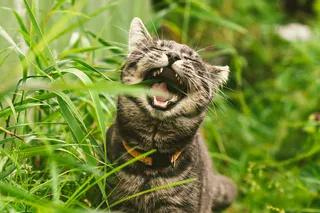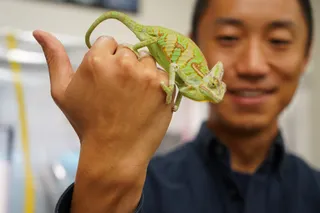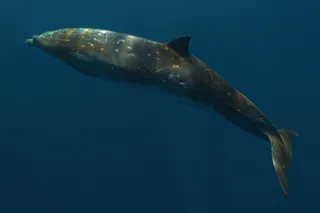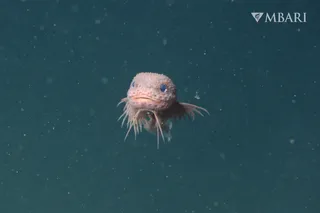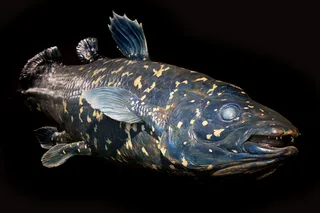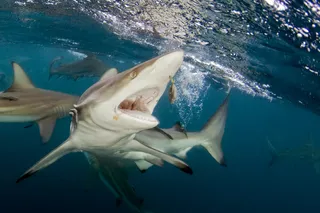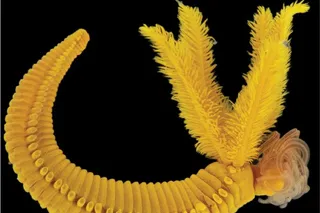North America's newest dinosaur had the makings of a monster: razor-sharp claws, a runner's body, and similarities with the Velociraptor of Jurassic Park infamy. If only it'd been bigger than a chicken [National Geographic News].
The four-pound Hesperonychus elizabethae has claimed the title of the smallest carnivorous dinosaur to have tromped on North American soil. Study coauthor Nick Longrich says that while Hesperonychus was a fierce hunter, only small creatures learned to fear it.
"My guess is that it was a small-game hunter, taking down mammals and birds and baby dinosaurs" [Reuters]
, he says. The identification of the new genus and species wasn't based on a new fossil find.
The tiny bones—originally assumed to come from a youngster—had languished in a collection at the University of Alberta in Edmonton for 25 years before Longrich and a fellow researcher decided to take another look at them. On closer examination, they noticed that the pelvis was fused, an indication that the 75-million-year-old dino that it came from had reached maturity and stopped growing [Scientific American].
Few fossils of small, carnivorous dinosaurs have been discovered in North America, but Longrich says that the new discovery proves that dinosuars did fill that niche.
"Small carnivorous dinosaurs seemed to be completely absent from the environment, which seemed bizarre because today the small carnivores outnumber the big ones. It turns out that they were here and they played a more important role in the ecosystem than we realised" [Telegraph]
, he says. Their smaller bones are more likely to have been destroyed over the millennia, but Longrich says that Hesperonychus should motivate other researchers to search for still smaller dinosaur predators. The study, published in the Proceedings of the National Academy of Sciences, also suggests that Hesperonychus had some bird-like traits.
Based on the size of the hips, and because one of the hip bones was bent - the pubis, a small bone that sits between the legs - "we know this dinosaur was a tree-climber", [study coauthor Philip] Currie explained. "It likely used the long feathers on its limbs to glide or parachute from tree to tree" [BBC News].
Related Content: 80beats: Tiny Seussian Dinosaur Shredded Logs to Find Termite SnacksImage: Nick Longrich/University of Calgary


